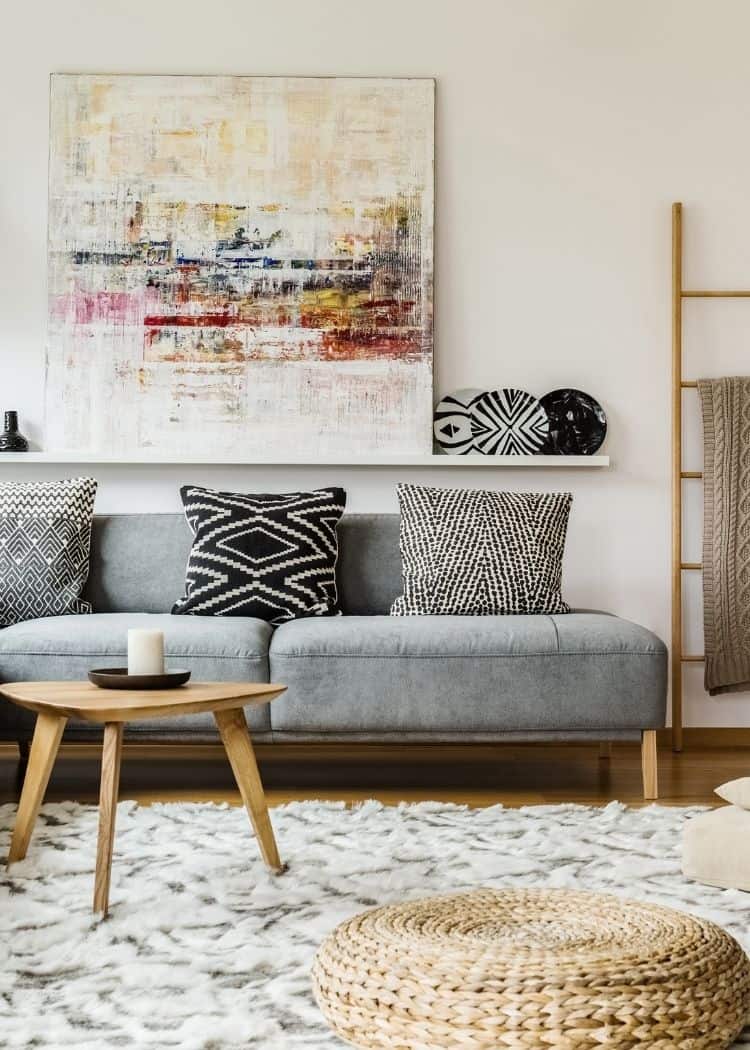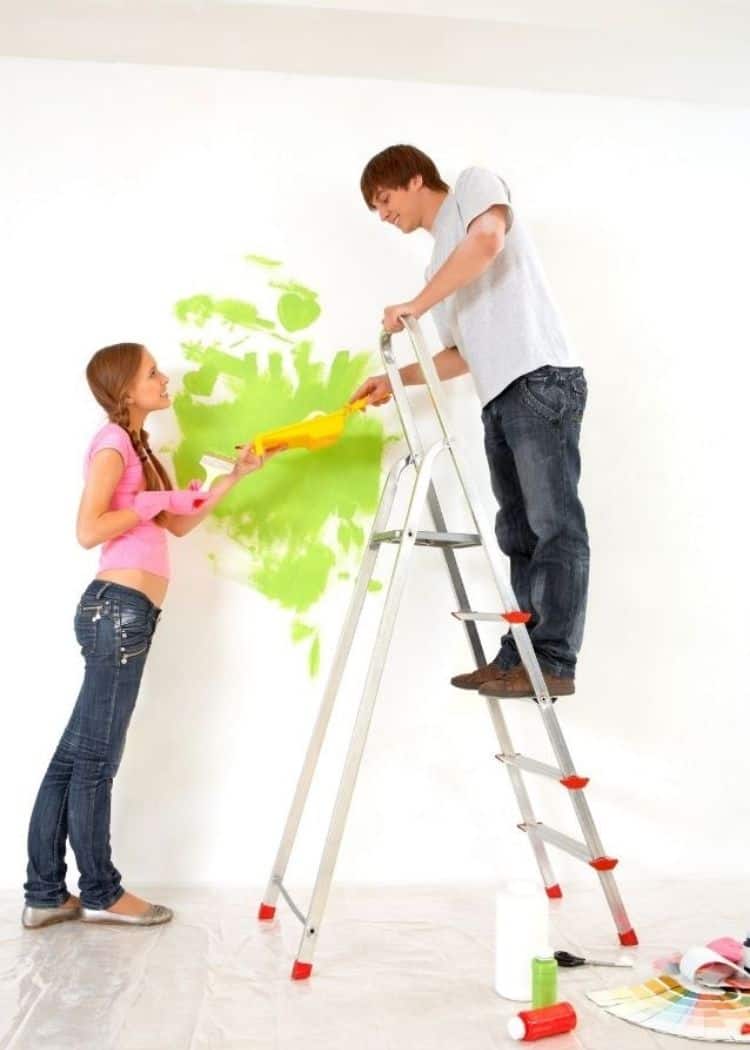The Best Painter’s Tape To Use In Your DIY Projects
Most if not all of us are going to do a DIY Paint job at some point in our lives. As easy as it may appear, there are a ton of items that you will need in order to undertake this DIY Paint Job. At the top of the list is going to be Painter’s Tape. Unless you are an expert painter, then you will need to use painter’s tape in order to not make a mess.
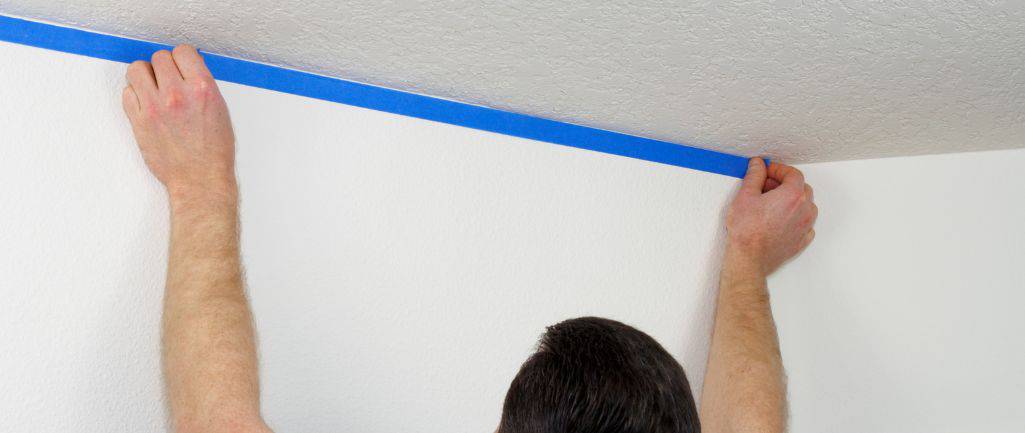
DISCLOSURE: This post may contain affiliate links, ie., I earn a commission if you decide to make a purchase and sometimes if you just click on a link at no additional cost to you. Please read my Disclosure Policy for more info.
Painters tape, also known as masking tape, is a must-have tool for any painting project. It allows you to create clean lines, protect surfaces from paint splatters, and cover areas you don’t want to paint. But with so many options on the market, it can be hard to know which tape is the best for your project. In this blog post, we’ll review the top painter’s tapes and help you choose the one that’s right for you. At the end of it all, it really will come down to personal preference. I’ve used the 3m Scotch Blue Tape and I’ve used the Green Frog Tape, which didn’t seem to adhere as well, but maybe I got a bad batch.
What tape do professional painters use? Professional painters often use a variety of tape depending on the surface they’re painting, the type of paint they’re using, and the desired finish. The professional painters that I’ve used in the past didn’t use any tape at all around the trim areas. It was amazing. Some of the most common types of tape used by professional painters are listed in my Top Painter’s Tape below.
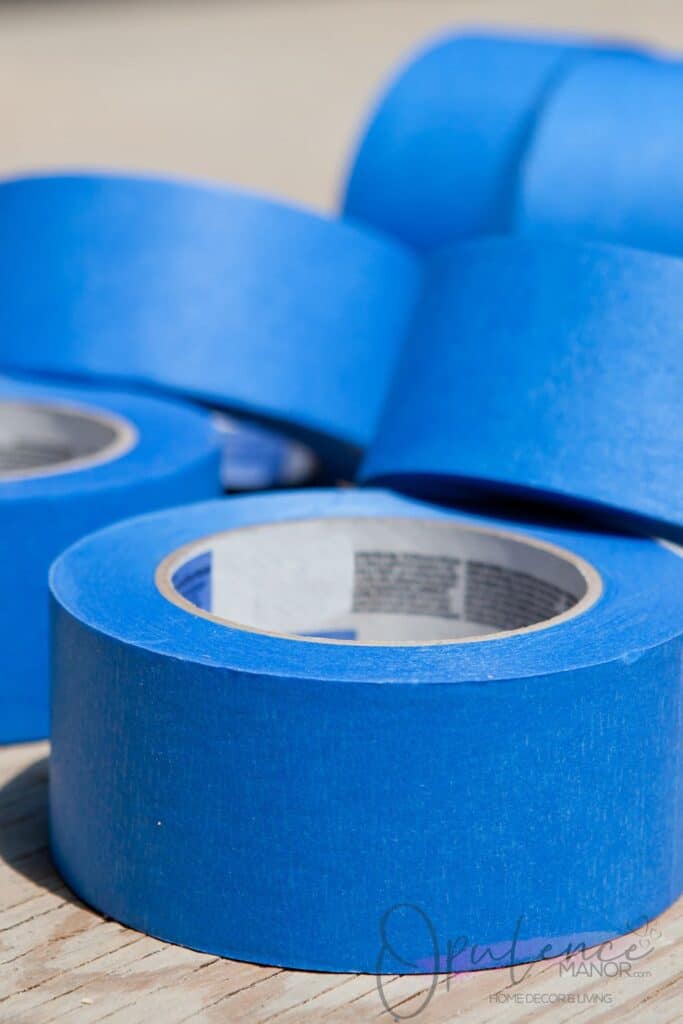
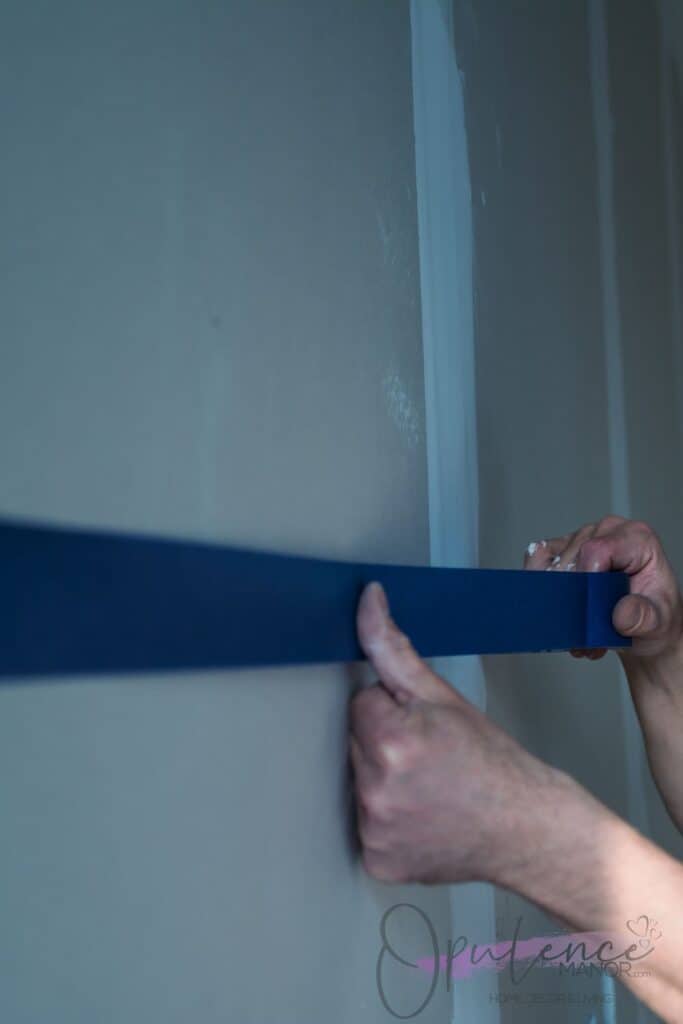
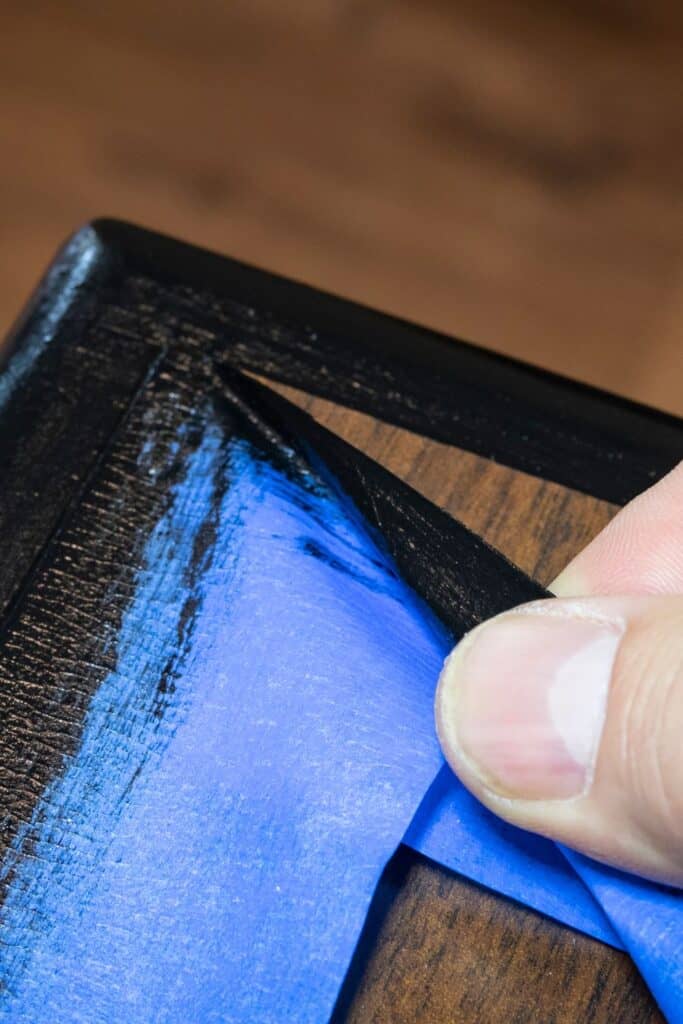
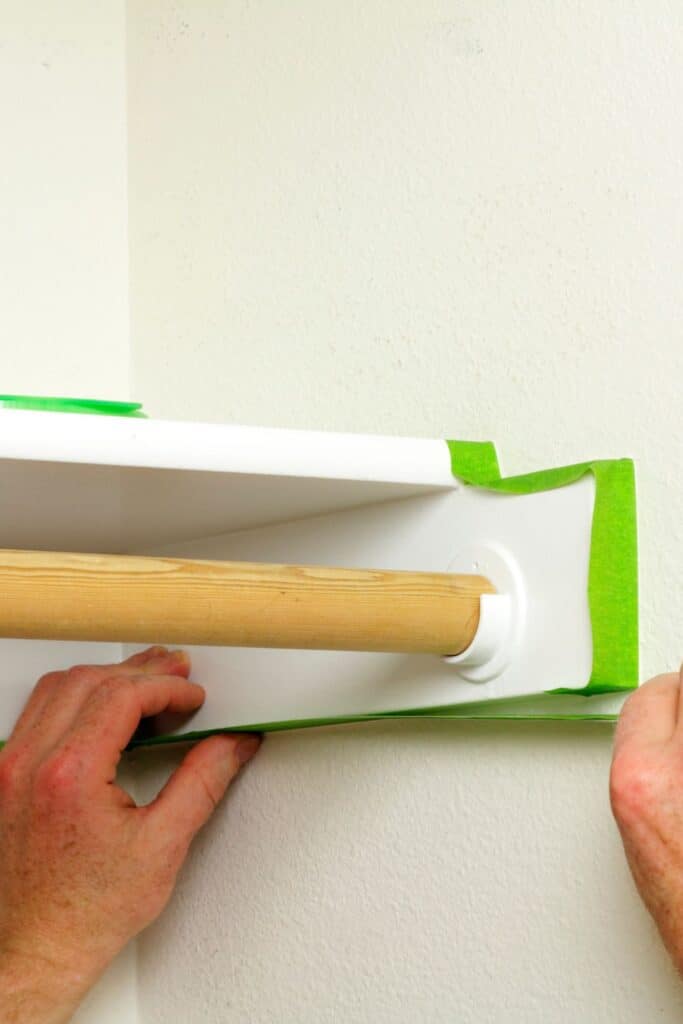
Top 7 Painter’s Tape
- 3M ScotchBlue Original Multi-Surface Painter’s Tape
- FrogTape Multi-Surface Painting Tape
- TapeManBlue Painters Tape
- Shurtape CP 614 Crepe Paper Masking Tape
- IPG Pro-Mask Blue Painter’s Tape
- IPG Pro-Mask Blue Painter’s Tape
- Scotch Delicate Surface Painter’s Tape
01. 3M Scotch Blue Tape
3M ScotchBlue Original Multi-Surface Painter’s Tape: This tape is a favorite among professional painters and DIYers alike. It’s versatile and can be used on a variety of surfaces including wood, metal, glass, and plastic. It’s also easy to apply and remove and leaves no residue behind.
3M Original Blue Painter’s Tape
02. FROGTAPE Multi-Surface Painter’s Tape
FrogTape Multi-Surface Painting Tape: This tape is designed to work on both smooth and textured surfaces. It’s also made with a special paint block technology that helps prevent paint bleed, making it a great choice for tricky areas like corners and edges.
03. TapeMans Blue Painter Tape
TapeManBlue Painters Tape: This tape is a great budget-friendly option. It’s made with a strong adhesive that holds up well during painting, and it’s easy to remove without leaving any residue. It’s also suitable for use on a wide variety of surfaces.
04. Shurtape DF 545 Double-Sided Carpet and Duct Tape
Shurtape CP 614 Crepe Paper Masking Tape: This tape is perfect for delicate surfaces like wallpaper, painted walls and woodwork. The crepe paper backing is easy to tear and conforms to most surfaces, making it easy to use and remove.
05. GripBlue Painters Tape
CLEAN AND SHARP PAINT LINES: GRIPBLUE Painter’s Tape will help you create a perfect edge in all types of painting, trimming, edging, masking and protective applications. Great balance of strength, flexibility, durability, and removability. Contains crepe paper backing to prevent paint bleed, yet removes cleanly without damage. You’ll always get a perfect edge when you use it to create a border for painting or caulking jobs.
Outdoor Painters Tape
Outdoor painters tape is a specialized type of masking tape that is designed for use in exterior painting and other outdoor projects. It is typically made from a more durable and weather-resistant material than regular painters tape, and is able to withstand exposure to sunlight, wind, and other outdoor elements.
It’s also important to note that outdoor painters tape is generally more expensive than indoor tape, so use it only in areas where it is strictly necessary.
06. IPG Pro
IPG Pro-Mask Blue Painter’s Tape: This tape is a great choice for outdoor projects. It’s weather-resistant and can withstand the elements, making it a great choice for painting decks, fences, and other exterior surfaces.
ProMask Blu is UV resistant, which makes it a perfect choice for outdoor use. It is recommended that you remove this tape within 14 days for optimal use.
Delicate Surface Painter’s Tape
07. Scotch Delicate Surface Painter’s Tape
Scotch Delicate Surface Painter’s Tape is a specialized type of masking tape designed for use on delicate surfaces, such as wallpaper, wood finishes, and newly painted surfaces. It features a low-tack adhesive that allows for easy removal without causing damage to the underlying surface.
Great for accent walls, decorative stripes or patterns. It contains Edge-Lock Technology that seals out paint to deliver sharp paint lines
60-day clean removal leaves behind no damage or sticky residue
Gentle adhesive
Overall, the best painters tape for your project will depend on the surfaces you’re working with and the specific needs of your project. The 3M ScotchBlue Original Multi-Surface Painter’s Tape, FrogTape Multi-Surface Painting Tape and TapeManBlue Painters Tape are all great options for a variety of surfaces, but for delicate surfaces, use Scotch Delicate Surface, Shurtape CP 614 Crepe Paper Masking Tape, for outdoor project IPG Pro-Mask Blue Painter’s Tape. Be sure to read the product labels and instructions carefully to ensure you choose the right tape for your project.
What Factors Go Into Choosing The Best Painter’s Tape?
When choosing the best painter’s tape for your project, there are several factors to consider:
- Surface type: Different types of tape are designed for use on specific surfaces. For example, some tapes are designed for use on delicate surfaces like wallpaper and painted walls, while others are made for use on more rugged surfaces like metal and wood. Make sure to choose a tape that is specifically designed for the surfaces you will be working on.
- Adhesive strength: The strength of the adhesive will determine how well the tape will hold up during the painting process. Stronger adhesives will keep the tape in place better, but they can also be more difficult to remove. Look for a tape with an adhesive that is strong enough to hold up during the painting process, but easy to remove without leaving any residue.
- Paint type: Some tapes are designed to work with specific types of paint. For example, some tapes are made to prevent paint bleed, while others are made to work with oil-based paints. Make sure to choose a tape that is compatible with the type of paint you will be using.
- Tape width: Painter’s tape comes in a variety of widths, from ¼ inch to 2 inches. The width you choose will depend on the size of the area you will be painting and the level of precision you need.
- Durability: Some tapes are designed to be more durable and can withstand the elements, making them a better option for outdoor projects.
- Temperature range: Some tapes are designed to work in a specific temperature range, you may want to consider the temperature range of your working area.
- Removal: Look for a tape that is easy to remove without leaving any residue behind, so you can avoid any damage to the surfaces you are painting.
- Budget: Painter’s tape comes in a wide range of prices. Consider your budget and the size of your project when choosing a tape.
Masking Tape Vs. Painter’s Tape
Masking tape and painter’s tape are both types of adhesive tapes used in painting and other types of projects, but they have some key differences.
Masking tape is a general-purpose tape that is typically made of paper or crepe paper and has a medium-strength adhesive. It is often used for temporary labeling and marking, as well as for holding things in place. Masking tape is not specifically designed for painting projects and is more likely to leave adhesive residue behind when removed, it is also not as precise as painter’s tape.
Painter’s tape, on the other hand, is specifically designed for painting projects. It is made with a low-tack adhesive that is strong enough to keep the tape in place during the painting process, but easy to remove without leaving any residue behind. It is also designed to be precise and prevent paint bleed, which makes it a better option for creating clean lines and edges.
In summary, masking tape is a general-purpose tape that can be used for a variety of projects, while painter’s tape is specifically designed for use in painting projects and is more precise. If you’re looking to paint a room, furniture or any surface, you should choose painter’s tape over masking tape.
When Should I Remove Painters Tape?
Painters tape should be removed while the paint is still wet, to avoid peeling or tearing of the paint film.
Removing the tape too soon after painting can cause the paint to pull up with the tape, while waiting too long to remove the tape can cause the paint to dry and adhere to the tape, making it difficult or impossible to remove without damaging the paint.
A general rule of thumb is to remove the tape within 1-24 hours after painting, depending on the type of paint and humidity level. Oil-based paints tend to dry slower than water-based ones so you can wait a little longer before removing the tape. If you are unsure, it’s best to test a small area first and then remove the tape at the point where the paint is still wet but no longer tacky.
It’s also important to note that when removing the tape, you should pull it back on itself at a 180-degree angle and not upwards, this will prevent the paint from peeling off with the tape.
☑️Here a few items to help you along the way
with your DIY Paint Project
Scotch Blue Painters Tape Application
Here are some tips for getting clean lines with painter’s tape:
- Make sure the surface is clean, dry, and free of dust and debris before applying the tape. This will help the tape adhere better and create a cleaner edge.
- Press down firmly on the tape as you apply it, to ensure a secure seal. This will prevent paint from seeping under the tape and creating a messy edge.
- Use a putty knife or a straight edge to smooth out any bubbles or wrinkles in the tape. This will create a smooth and straight edge where the paint will stop.
- Apply the tape on the edge of the area you want to paint, rather than on the paint itself. This will prevent the paint from pulling up with the tape when it’s removed.
- Use high-quality painters tape specifically designed for painting. Cheaper tapes may not be able to withstand the solvents in paint and may not remove cleanly.
- Test the tape on small area before applying it to the final surface as some surfaces may react differently with the adhesive.
- If you are working with a paint with a long drying time, consider using a low-tack tape or a tape with a special release liner. This will make it easier to remove the tape without pulling off the paint.
- Finally, remove the tape within 1-24 hours after painting, depending on the type of paint and humidity level. Make sure to pull the tape back on itself at a 180-degree angle and not upwards, this will prevent the paint from peeling off with the tape.
Final Thoughts
There are several brands on the market and they are all relatively good and most people don’t notice a substantial difference. If you aren’t a great painter, then make sure you use painter’s tape at every phase of your DIY Paint job. It will save you a ton of frustration.
Related Paint Posts
- Agreeable Gray SW 7029 – Neutral Greige Paint Color
- Warm Gray Paint Colors: 10 Perfect Neutral Gray Paints
- Peel And Stick Paint Samples From Samplize
- Sherwin Williams Greek Villa Is Stunning









